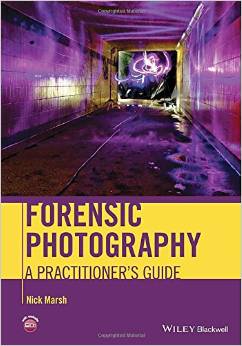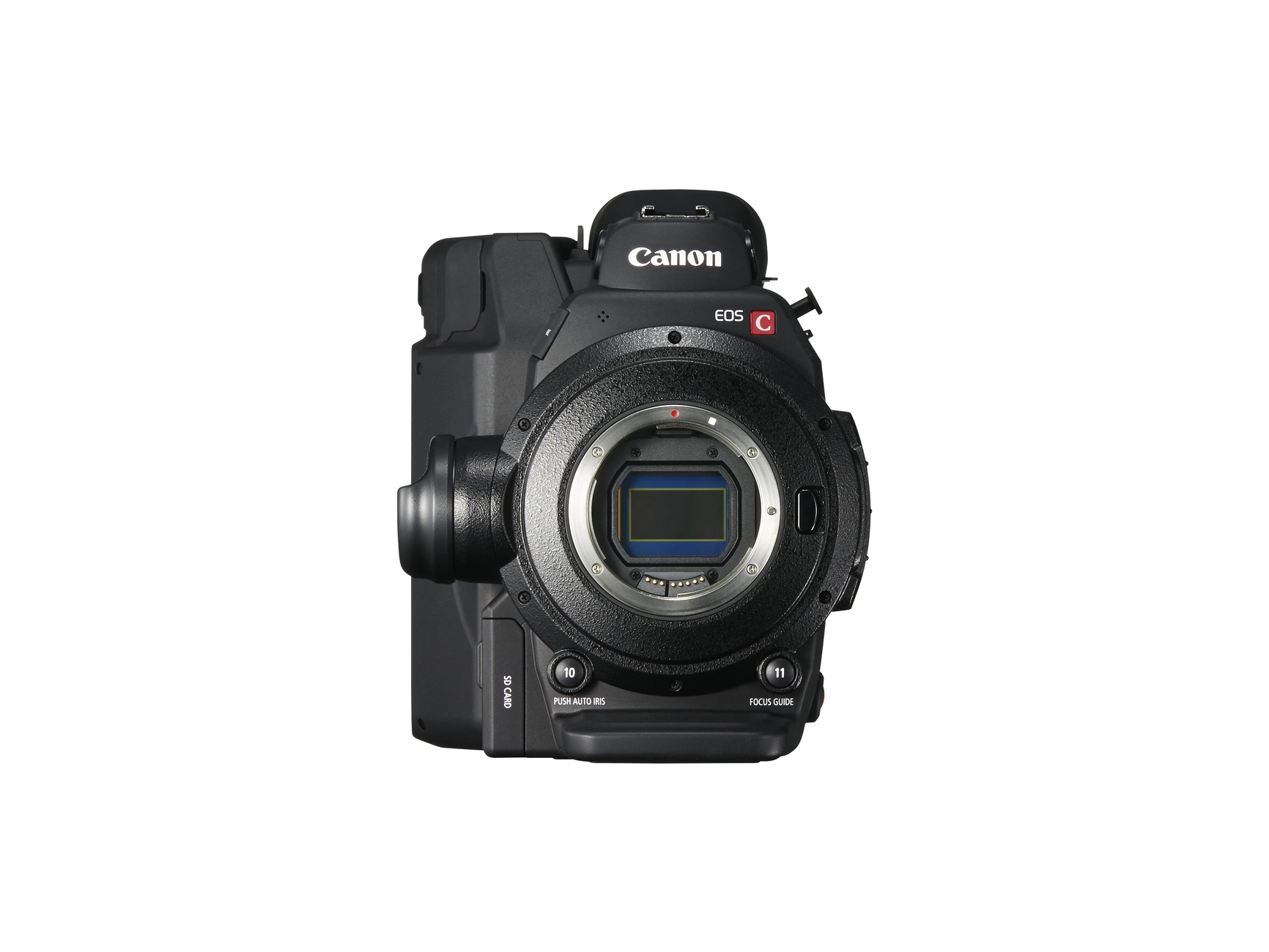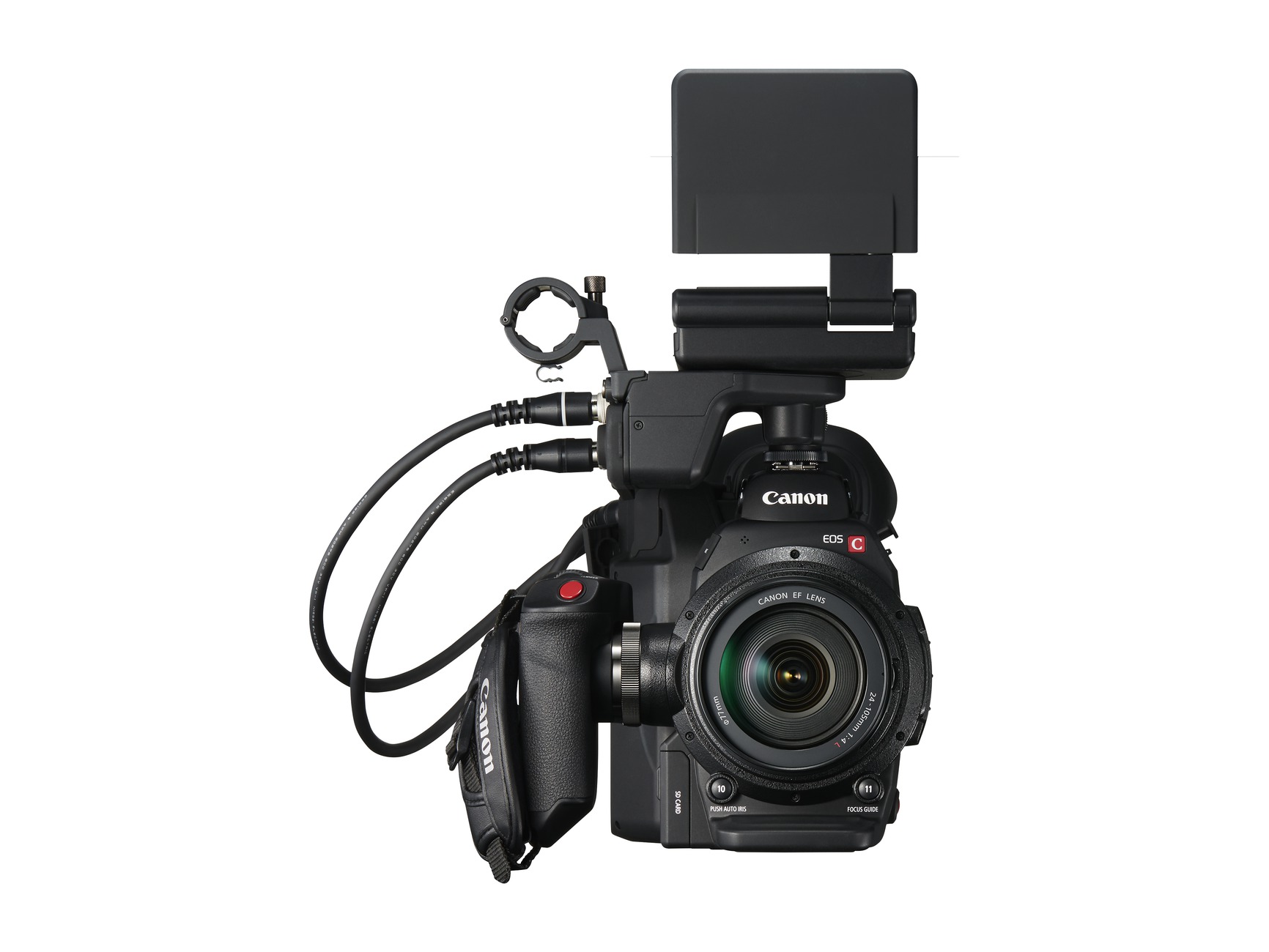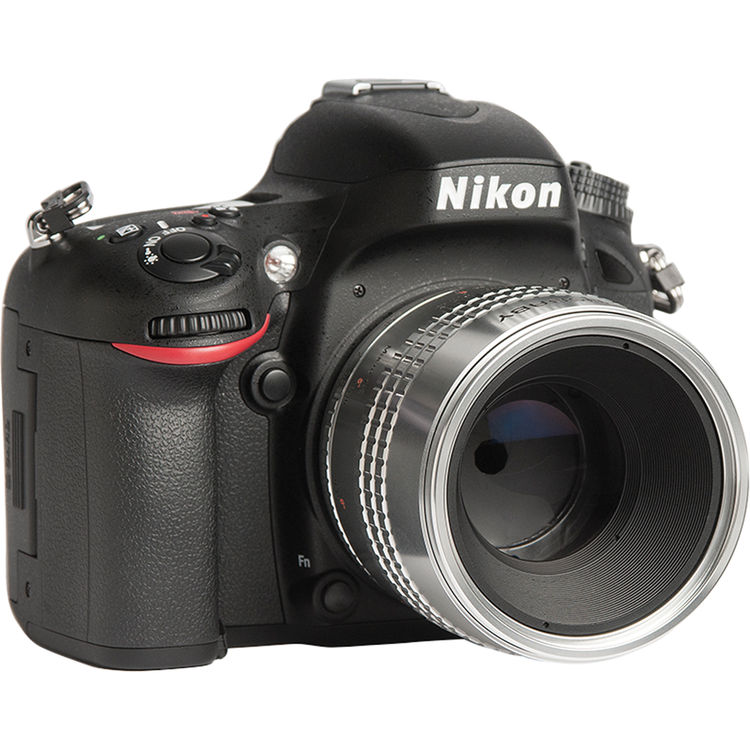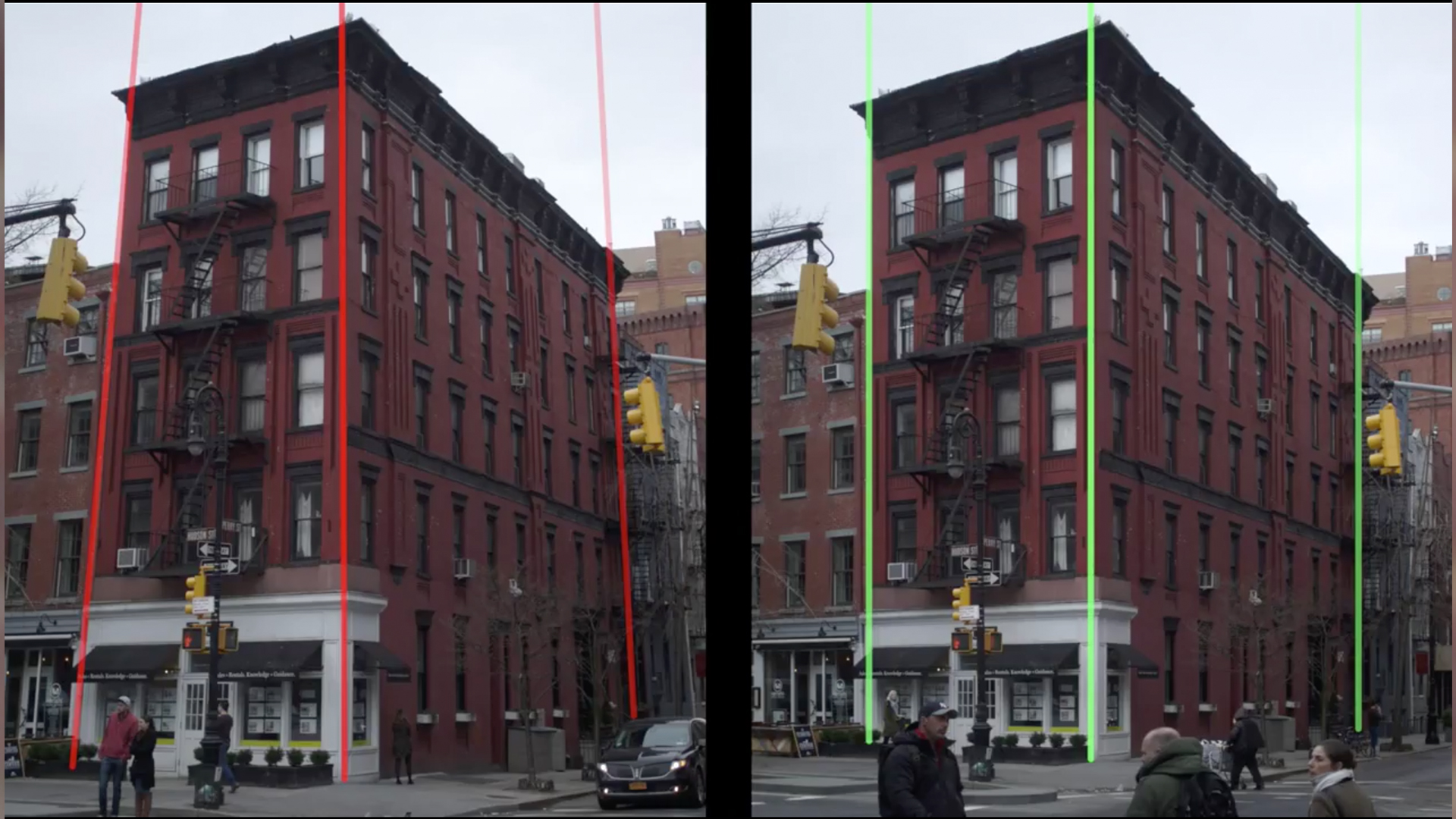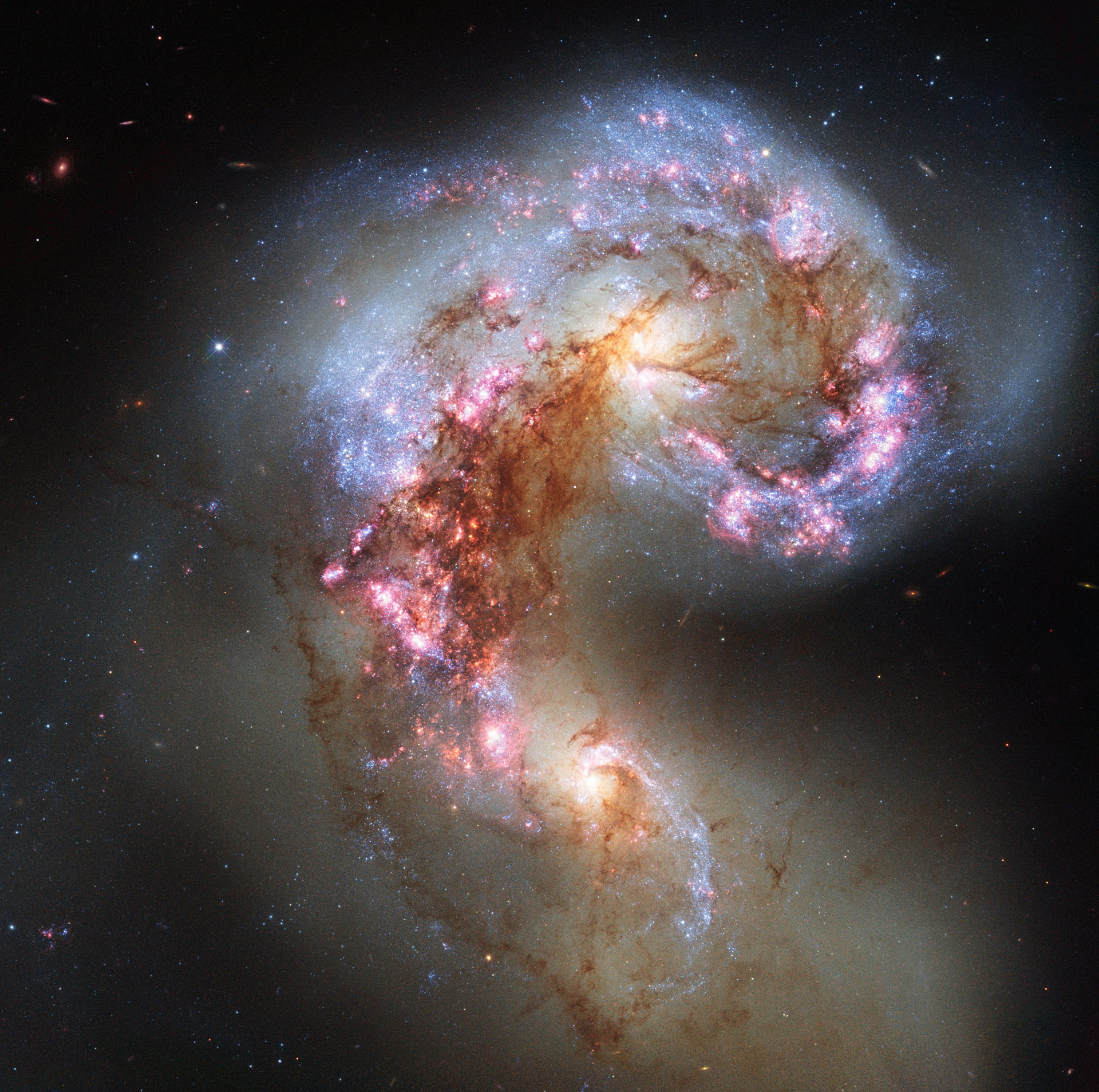Getting close without breaking the candid relationship with your subjects can be extremely difficult. A skilled street photographer will find the composition, adjust settings, get close, frame the shot, capture…
Read MoreCanon 100-400mm II Video Roundup: Reviews, Specs, & More
Canon EF 100-400mm f/4.5-5.6L IS USM II |
Buy Now: $2,199.00
EF Mount L-Series Lens 3 Mode Optical Image Stabilizer Internal Focus Ring-Type USM AF Motor Weather-Sealed Design One Fluorite and One Super UD Element Air Sphere and Fluorine Lens Coatings Rounded 9-Blade Diaphragm
A long-reaching telephoto zoom characterized by a sophisticated optical design and advanced image stabilization technologies, the Canon EF 100-400mm f/4.5-5.6L IS II USM Lens is part of the esteemed L-series developed for full-frame EOS DSLRs. One fluorite element and one Super UD element have been incorporated into the lens' construction, and both help to reduce aberrations and distortions throughout the zoom range in order to deliver notable clarity, image sharpness, and faithful color reproduction. An Air Sphere Coating has also been applied to lens elements in order to reduce lens flare and ghosting for more contrast-rich imagery. Benefitting the optical components of the lens, a four-stop effective Optical Image Stabilizer helps to minimize the appearance of camera shake and can be dedicated to different styles of shooting. Furthermore, a redeveloped rotation-type zoom ring pairs with an internal focusing mechanism, and an Ultrasonic Motor, to deliver quick and intuitive handling to benefit handheld shooting. Positioned as a versatile option for sports and wildlife photographers, this lens' list of attributes make it a viable telephoto zoom for a variety of shooting applications. [s]
Canon 100-400mm II Quick Look
[embed]https://youtu.be/IsCGQWjOBbE[/embed]
Hands on review, Canon 100-400mm II
[embed]https://youtu.be/onqanHeXqlA[/embed]
Review & Sample Photos, Canon 100-400mm II
[embed]https://youtu.be/RryIJd8zYgU[/embed]
Canon 100-400mm II vs TAMRON 150-600 VS Sigma 150-600 Sport vs Canon 400 f5.6
[embed]https://youtu.be/lgurGidoSJs[/embed]
Lens Review, Canon 100-400mm II
[embed]https://youtu.be/kJIIuzdWJDQ[/embed]
Canon 100-400mm II Video Sample, Gulfstream g650 Landing
[embed]https://youtu.be/P0YZu3PlgQc[/embed]
HANDS ON REVIEW, CANON 100-400mm
[embed]https://youtu.be/ZJZ-2aDZ59g[/embed]
Canon EF 100-400mm f/4.5-5.6L IS USM II Full Specs
Performance
Focal Length
100 - 400mm
Aperture
Maximum: f/4.5 - 5.6
Camera Mount Type
Canon EF
Format Compatibility
35mm Film / Full-Frame Digital Sensor
Angle of View
24° - 6° 10'
Minimum Focus Distance
3.2' (97.54 cm)
Magnification
0.31x
Elements/Groups
21/16
Diaphragm Blades
9, Rounded
Features
Image Stabilization
Yes
Autofocus
Yes
Tripod Collar
Yes Removable - rotating
Physical
Filter Thread
Front:77 mm
Dimensions (DxL)
Approx. 3.7 x 7.6" (93.98 x 193.04 mm)
Weight
3.5 lb (1.59 kg)
Shipping Info
Shipping Weight
5.3 lb
Box Dimensions (WxHxD)
7.4 x 7.2 x 12.5
The Artistry & Technique of A London Forensic Photographer
 As photographers we often find ourselves waist deep in odd-jobs searching for that next big opportunity. From the inaugural $150 wedding job to the corporate client that pays more for three days of work than you've ever made in a month; opportunities can take you anywhere and everywhere in-between.
As photographers we often find ourselves waist deep in odd-jobs searching for that next big opportunity. From the inaugural $150 wedding job to the corporate client that pays more for three days of work than you've ever made in a month; opportunities can take you anywhere and everywhere in-between.
How about the opportunity to investigate a murder? Heck, maybe even solve one? Well this is the day to day reality of London Metropolitan Police Department Forensic Photographer Nick Marsh. With 30 years on the force, and 20 of them as a forensic photographer, Nick's uses his analytical approach to photography fusing art and technique to unearth some of London's most gruesome mysteries.
The Forensic Photographer
[embed]https://youtu.be/U6o2AQ-dndY[/embed]
The Photographic Eye
Imagine this: There's a young woman sitting in a café near the window...
The portrait photographer notices how the contours of her face are gently lit by the setting sun, while the photojournalist sees the empty seat in front of her and the constant glances outside. The forensic photographer sees a perfect lipstick mark left on the coffee cup, while the fashion photographer prefers a lighter shade.
First popularized by Malcolm Gladwell's book "Outliers: The Story of Success", it's commonly said that to become an expert at something, it takes 10,000 hours of practice at the given skill. That's roughly 20 hours a week for 10 years.
While that may be true, it surely doesn't take that long to develop a habit. Meaning it doesn't necessarily take 10 years behind the camera to start to think like a photographer. As photographers we train ourselves consciously and subconsciously through experience and muscle memory. With all the places photography can take you, it's interesting how each of us interpret our surroundings differently, what I call - how we perceive the woman by the window.
This short documentary by director David Beazley provides an intriguing look at one photographers such interpretations of the world around him.
It's All About the Light
One recurring piece of insight you'll find time and time again from professional photographers is that it's not about the camera it's about the photographer. On the importance of photographic equipment, Nick Marsh would tell you:
"As a matter of fact the camera in most types of photography we undertake is irrelevant, it's about light. It's about understanding about the way light is going and what we need to see in our image."
..And the Knowledge
Sure you need equipment capable enough for the type of work you are doing, but beyond that it's not about how many bells and whistles you've got or how big you camera case is. Nick stresses the importance training in photography. For him the artistic eye is used to unearth the fact of the matter, while being sure not to misrepresent the reality of the scene.
"If you've got limited training, say for example a fatal accident, and you're trying to recreate that for the jury as-is with true perspective, one of the most common things I see is the use things like a wide-angled lens. Which clearly distorts perspective and appears to make the the vehicles look twice the distance they are away. So if you put that into court you're actually giving them false information.. The Level of knowledge is reduced."
The Proactive Use of Light in Forensic Photography
In the video Nick mentions an investigation of a murder where crucial evidence was discovered on the wall of a flat by use of infrared imaging. In his book Forensic Photography: A Practitioner's Guide he details the crime further.
... In this case a suspect was arrested for multiple murders around the St Pancras area of London. On his arrest his flat was searched and half a torso was found in his bedroom. When the rest of flat was treated with luminol in the search for blood, it was clear that thcrc had been a lot of previous activity. When a light source search was carried out for latent linger marks to ascertain who else might have been there, in terms of victims or other suspects, a small area of erased writing was found, as in the above case. In this case, however, it was almost illegible even under the laser. As is standard practice we then repeated the search area using a tunable light source through the spectrum, starting at UV finishing at IR. To mist with the viewing of IR, a video camera with an IR viewing mode was used and this time the area showed a girl's name. The walls of the flat were then speculatively searched and vidcoed (as required) using IR and another four or five names were found. These names subsequently turned out to be the names of previous victims.
If you're curious what it takes be a London MET Forensic Photographer, well first you've got to already be employed as Police Photographic Officer. Second, you can take this course:
Professional Forensic Photography Attendance Criteria
This course is for police staff currently employed as Photographic Officers.
Course aim
To enable the student to develop advanced stills techniques to use at Scenes of Crime.
Course objectives
The student will be able to:
Demonstrate using the equipment Describe relevant procedures and policy that impact on crime scene photography Demonstrate the ability to adapt techniques to different scenes Describe legal issues that impact on crime scene photography Demonstrate completing relevant paperwork Conduct critical assessment of their work
Duration; 15 days Course number; CS209
Earliest Known Images of People Smiling

The following is a collection of some of the earliest known images of people smiling, starting with a pair of soldiers in the Mexican American War in 1847, up to a group of soldiers near the end of the Civil War.
Read MoreCould You Choose Your Best 6 Images?
 As a photographer the worst thing you can do is miss the shot. Luckily with a good eye, experience, and enough battery, this won't often happen. There's an expression in photography that goes:
As a photographer the worst thing you can do is miss the shot. Luckily with a good eye, experience, and enough battery, this won't often happen. There's an expression in photography that goes:
"Spray and Pray."
You won't find this in any text books, as it's typically used to poke-fun at your mates. Anyway the point here is, what do we do with all those images once we get back to the computer? You've got your social media, your online portfolio, and maybe even a few prints. But how do you possibly choose the best images over thousands upon thousands?
Could you narrow it down to 100? Could you do 50? How about 6?
Mission Impossible
Well that's exactly what a new website is asking you to do. International photography magazine InMyBag has introduced what they claim to be:
"The World’s Only Searchable Database of Photographers and their Gear."
Should You Choose to Accept...
On their website, photographers will create a profile, add their equipment to the gear list, and choose their 6 best images. Users will be able to browse the database and compare up to 12 photos from photographers profiles, including the gear used to get the shot. The site boasts 3 unique searchable features that enable users to find what they're looking for.
- Kit Wars compares photographers and the gear they use side by side
- Talents drills down awesome photographers by genre, location, etc.
- GearHeads gives you the low down on tonnes of gear and who uses it.
How Can I Enter?
Being as is just getting off the ground, those who sign up get a chance to win $4,400 USD (£3,000) worth of gear. You can sign up at the bottom of the page here.
I Though it was About the Photographer Not the Gear..
Comparing photographers based on gear is a touchy subject for many. InMyBag is claiming that the ability to browse by gear will be a valuable resource enabling users to view the full potential of a given camera or lens. I think centrally comparing photography cameras with real world examples will indeed be a useful tool for many. Is it right for you?
Full Press Release
If you love photography, then you’ll love The World’s Only Searchable Database of Photographers and their Gear from international photography magazine InMyBag. You can now select photographers by different criteria- for instance, genre, location, equipment etc and then Inmybag’s clever visual search engine presents you with the best images of each photographer.
This ‘Kit Wars’ system lets you select up to 12 images you love, stack these photographers and their gear side by side to discover new talent and see what gear they have in common. So, whether it’s wedding photographers from the USA or Car photographers from around the globe, or creative portrait photographers in general, you can get a new and fascinating insight.
‘Gear Heads’ provides a new perspective on photography equipment and shows you the best image from each photographer who uses that item. It really shows you the potential of the gear and acts as inspiration for up and coming photographers.
“We wanted to utilise all the information we capture by featuring and promoting a different photographer per day on Inmybag. We’d like to become the Wiki-tographers of the internet: providing a free resource which will enable us to build a historical and evolving picture of photography as it embraces shifts in technology.”
“We want to be able to pull out fascinating observations about photographers, for example, how little gear woman photographers tend to use compared to the male counterparts, to the most popular lens for portrait photographers and how it varies by country.” said Simon Ellingworth, Editor of Inmybag.
What’s interesting about this project is it has an open door policy and so embraces photographers of any skill, level, genre, or location. It doesn’t matter if you use an iPhone, GoPro, video or traditional film – everybody’s welcome.

To encourage photographers to submit, this month Inmybag have teamed up with Swiss lighting specialists Elinchrom and are offering the chance to win £3,000 ($4,400 USD) worth of gear.
Submission is simple; each entrant to the site generates an online profile which features their 6 best shots, web and social media links which helps promote their photography to our global audience.
Going Analog, Full 35mm Photography Kit Under $50
There's much to be debated when asking "Is film dead?" In my opinion it could best be summarized by saying, "Film is not dead, it's just not a necessity." Though some film purists would disagree.
Read MoreNew Canon EOS C300 Mark II $16,000 4K Cinema Camera
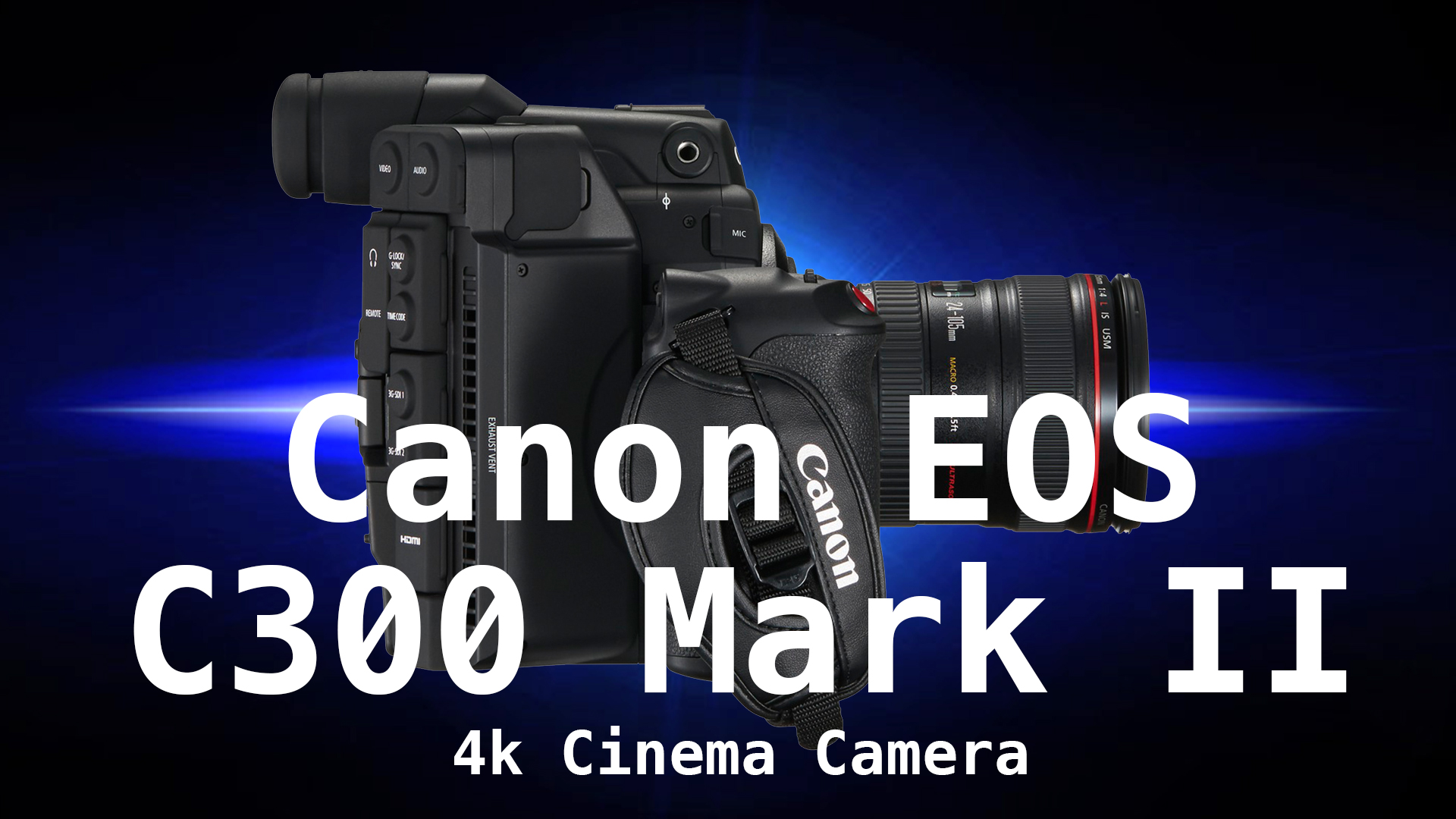 New Canon EOS C300 Mark II just announced early this morning. Here's more from Canon's press release:
New Canon EOS C300 Mark II just announced early this morning. Here's more from Canon's press release:
"..a new 4K video camera allowing filmmakers and broadcast producers to realise their creative vision in stunning cinematic detail. Building on the unprecedented success of the acclaimed EOS C300, the more rugged EOS C300 Mark II features an advanced imaging engine with dual DIGIC DV5 processors, new professional codecs and outstanding dynamic range, making it the most capable, flexible and accessible Cinema EOS video camera to date."
Canon C300 MarkII Price: $15,999
Super 35mm CMOS Sensor 4K,1920x1080 60/50i, 23.98/25p True 24p Canon XF Codec - 4:2:2 50 Mb/s MPEG-2 EF Lens Mount Dual Pixel CMOS AF Rotating 4" LCD Monitor 2x 3D-SDI Output, 2x SLR Inputs 2x CFast Card Slots Timecode I/O, Genlock In & Sync Out Canon Log Gamma
C300 MarkII Release Date: September 2015 
Full Canon C300 MarkII Cinema EOS Camcorder Body with Dual Pixel CMOS AF Press Release:
The EOS C300 Mark II – Stunning 4K quality, creativity and versatility
London, UK, 8 April 2014 – Canon today unveils the EOS C300 Mark II, a new 4K video camera allowing filmmakers and broadcast producers to realise their creative vision in stunning cinematic detail. Building on the unprecedented success of the acclaimed EOS C300, the more rugged EOS C300 Mark II features an advanced imaging engine with dual DIGIC DV5 processors, new professional codecs and outstanding dynamic range, making it the most capable, flexible and accessible Cinema EOS video camera to date.
EOS C300 Mark II
With the ability to record 10-bit 4:2:2 files internally at up to 410Mbps in 4K, or 10/12-bit 4:4:4 files in 2K/Full HD, with up to 15 stops of dynamic range, the EOS C300 Mark II provides footage suitable for extensive post-production work, producing crisper images across the full colour spectrum with reduced “colour bleed”. The camera offers professional filmmakers and broadcasters alike the very best image quality, recording 4K in both broadcast (3840 x 2160) and DCI cinematic (4096 x 2160) resolutions.
The EOS C300 Mark II can record high bitrate 4K files internally to dual CFast 2.0™¹ media, while simultaneously recording 4K RAW files to an external recorder, offering the flexibility and universal appeal for production at the highest quality available today. Additionally, the ability to record 2K/Full HD Proxy files to an internal SD card, at the same time, further streamlines the production workflow process.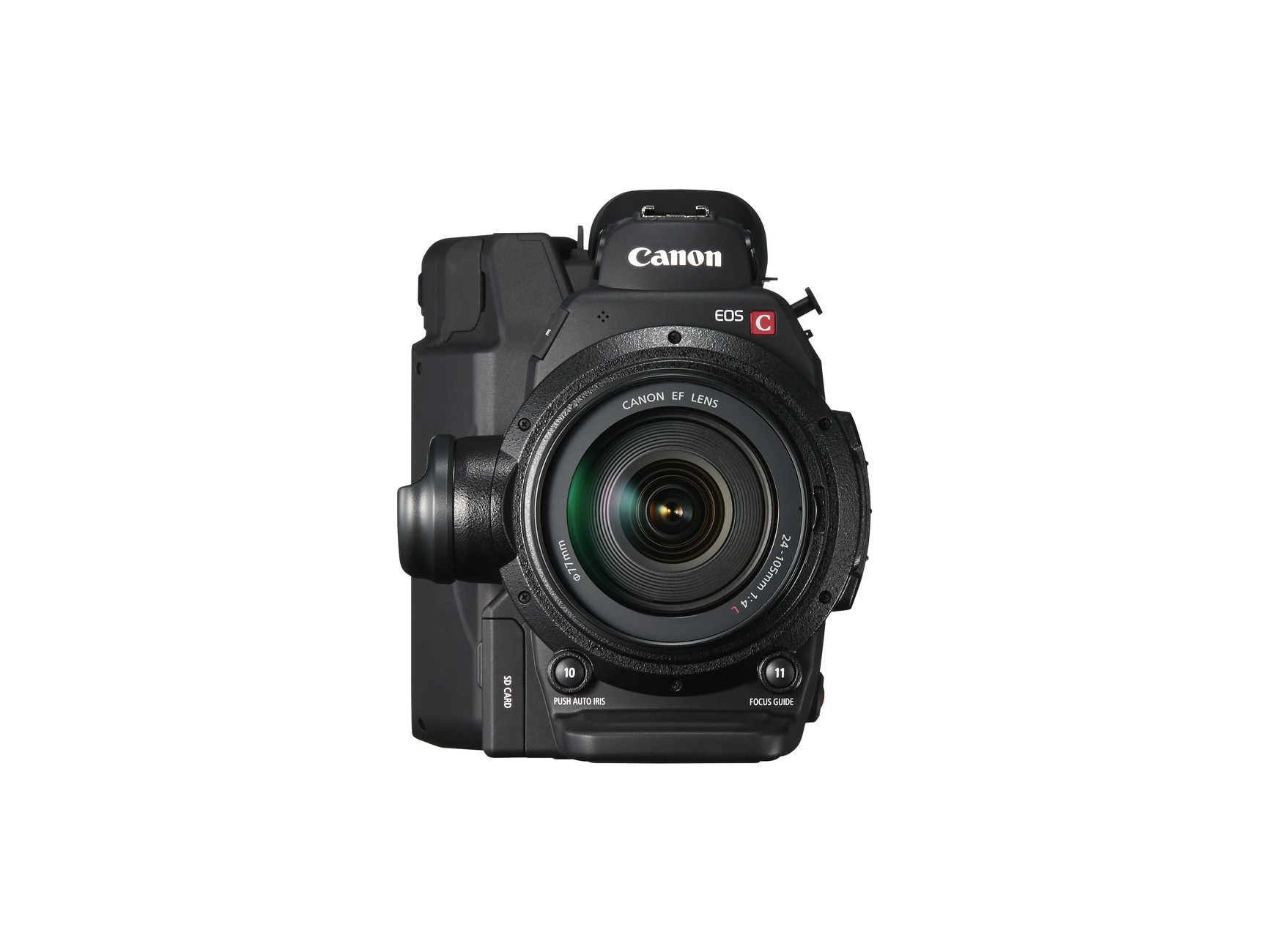
The new Canon-designed Super 35mm CMOS sensor and an increased ISO range up to ISO 102,400 deliver exceptional low light performance, allowing operators to capture low-noise footage across a variety of challenging environments without compromising on image quality.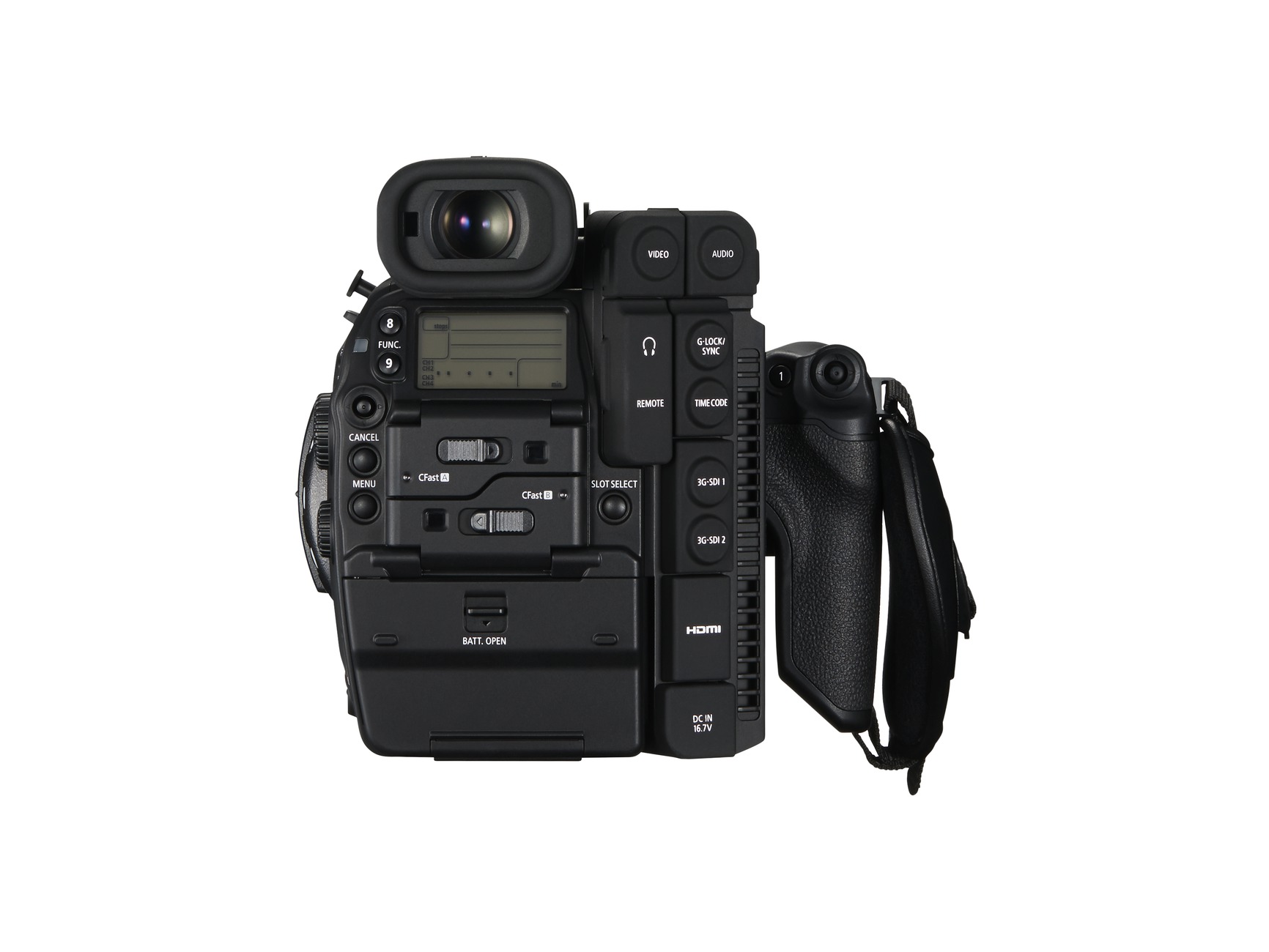
To meet the requirements of a diverse range of shooting applications, the EOS C300 Mark II offers both full manual control, ideal for cinematic environments, as well as automatic modes. These include, enhanced Dual Pixel CMOS AF (now covering approx. 80% of the frame vertically and 80% horizontally), auto white balance and Face Detection AF, all making it easier for independent news gatherers and documentary filmmakers to shoot on the go.
Instant integration into professional workflows Canon’s new range of XF-AVC H.264 codecs, designed to be compatible with industry standard Non-Linear Edit systems, makes integrating both 4K and 2K/Full HD footage into workflows effortless, while maintaining the highest image quality. The range features XF-AVC intra for 4K, and XF-AVC Long GOP and Proxy options for 2K/Full HD recording, both of which utilise H.264 codec, offering post production flexibility and ease of use. Filmmakers can select the resolution and codec type that best suits their production, with the EOS C300 Mark II capable of shooting at up to 30P in 4K or up to 120P in 2K/Full HD.
The EOS C300 Mark II offers support for a wide range of colour space options, including BT.2020, the Canon Cinema Gamut and DCI-P3. The camera is also the first Cinema EOS model to feature brand new Canon Log2 technology, which enables the 15-stops of dynamic range, significantly wider than previous Cinema EOS cameras. The camera offers new versatility for sound recording too, supporting 4-channel audio recording in 16 or 24 bit and 48 kHz.
Designed for versatility The EOS C300 Mark II boasts the iconic Cinema EOS design DNA – a modular body that can be adapted to suit the needs of each shooter and filming situation, through the extensive range of compatible accessories. Internally, the EOS C300 Mark II also includes built-in electronically controlled glass ND (neutral density) filters, which reduces the amount of light reaching the sensor by up to 10 stops in expansion mode. Compatibility with the RC-V100 remote control and optional Wi-Fi control also enables ease of use in a wider range of locations.
The camera’s sensor read-out speed is now twice as fast as the original EOS C300, and further reduces rolling shutter distortion, allowing for crisp image capture in a moving environment, making it perfectly suited for capturing action sequences.
Leveraging Canon’s rich heritage in lens design, the EOS C300 Mark II is compatible with more than 90 current EF and EF Cinema lenses allowing operators to use their existing EF mount lenses. In addition, the EOS C300 Mark II comes equipped with Canon Cine servo zoom lens support, delivering one of the most comprehensive selections of lens possibilities for movie and broadcast production available in the market today. For further flexibility, shooters can opt to change the lens mount from the default EF Mount, to EF Mount with Cinema Lock, or to the industry standard PL mount, as a service option².
EOS C300 Mark II key benefits:
High bitrate internal 4K recording with external RAW High dynamic range files, ideal for post production Seamlessly integrate with professional workflows Automatic features make independent shooting easy Shoot with confidence in low light with low noise
¹ Canon is an authorised licensee of the CFast 2.0™ trademark, which may be registered in various jurisdictions ² Available via chargeable service
Hazy Beautiful: New Lensbaby Velvet 56 f/1.6 Portrait Lens
Introducing the all new Lensbaby Velvet 56 Classic Portrait Lens

One of the biggest gripes photographers have with lenses from the 1980's and earlier is that they are just not as sharp as the lenses produced today. When stopping down to apertures of f/1.8 there is a clearly noticeable soft glow, a hazy or dreamy kind of look.
But what makes these lenses less desirable for most is exactly what Lensbaby is embracing in their new Lensbaby Velvet 56 f/1.6 portrait lens.
"Our Velvet 56 classic portrait lens gives you a velvety, ethereal start with a smooth finish, from the big picture to the smallest details. Bringing modern-day simplicity to the carefully crafted build and look of mid-20th century portrait lenses.." - Lensbaby.com
Lensbaby Velvet 56 Price: $499 & $599
56mm Focal Length f/1.6-16 1:2 Macro Focus: 5" to Infinity Metal Construction Black or Silver Edition (SE)
Velvet 56 Release Date: April 13, 2015
[embed]https://youtu.be/glZr85dsrvc[/embed]
Lensbaby Velvet 56 Images: Bhphotovideo.com
Sample Images:
With the Velvet 56 coming in a black version and silver edition (SE), it's a shame they don't refer to the first as Black Velvet. I guess that was taken.
[embed]https://youtu.be/tT4d1LQy4es[/embed]
Full Press Release:
PORTLAND, OR and ST. LOUIS, MO–(Marketwired – Apr 7, 2015) –(ShutterFest 2015) — Lensbaby, providing creative effects lenses to photographers that ignite their creativity and expand their unique visions of the world, today announced the Velvet 56, a new high-end classic portrait lens. Velvet 56 will be on display for the first time during ShutterFest 2015, being held April 7-8 at St. Louis Union Station, St. Louis, Missouri.
Velvet 56 is a 56mm f/1.6 SLR and mirrorless camera lens with 1:2 macro capabilities. This “new classic” portrait lens delivers a velvety, glowing, ethereal look at brighter apertures, and beautifully sharp but subtly unique images as you stop down — with gorgeous, velvety tones that give digital images a film-like, organic quality. Incredibly versatile, Velvet 56 enables photographers to move seamlessly from shooting an environmental portrait, to capturing details in a subject’s clothing or jewelry. Nature and macro photographers will find its close-focus capabilities, combined with effects varying from impressionistic to just a touch of velvety smoothness, provide a set of visual tools that will expand their vision of the world.
Evoking the image style and construction quality of classic portrait lenses of the mid-20th century, Velvet 56 features the heft and smooth, dampened manual focus of these early lenses. Velvet 56, with an all metal body, will be available in two colors: traditional black, plus, Velvet SE, a special silver edition. Velvet SE will feature a beautiful clear-anodized finish, along with engraved aperture and focus markings.
Industry Reaction
“Excited was an understatement. When the box arrived, I ripped it open…5 minutes later I ran down into the studio shooting test shots…Result? LOVE LOVE LOVE. This is going to be a huge hit.” – Sal Cincotta, photographer, educator, founder of ShutterFest, and publisher of Shutter Magazine —www.salcincotta.com and www.behindtheshutter.com
“I am IN LOVE with this lens! The thing that makes me most excited, and the reason I never want to take it off my camera, is the way it jumps from macro to far away shooting. I adore it! It is the perfect lens for a portrait or lifestyle session because you never have to take the lens off.” – Caroline Jensen, portrait photographer & educator, www.carolinejensenblog.com
“I don’t know what it is about this lens that makes me so emotional, but when I opened this photo up on my desktop it made me cry…have never experienced that before, it’s like this lens sees like I do…It’s like coming home…” – Kathleen Clemons, nature photographer & educator, http://kathleenclemonsphotography.com/
Velvet 56 allows direct access to the creative process of making beautiful and compelling images. This lens is a fluid extension to the photographic experience — the touch of the flawless metal, the tactile feel of minute details etched into its surface, the sensation of smooth, dampened manual focus. Photographers can effortlessly evoke classic appeal and transition from distant subjects to macro easily, capturing a variety of details in any given scene.
Images http://lensbaby.com/velvet56.php
“Velvet 56 is the result of our tireless efforts to offer a brand new lens design that combines the best qualities of classic lenses while eliminating the negative aspects of classic lenses,” said Craig Strong, Lensbaby Co-founder & Chief Creative Officer. “Utilizing a never before used singlet-doublet-singlet optical design, we have combined a variable glowing highlights with tack sharp latent details even at the maximum, f/1.6, aperture. This groundbreaking design, combined with macro focusing, gives photographers one of the most versatile lenses ever made, helping them create images of any subject matter with unique heart and soul. Portrait photographers can now add a new must-have lens to their bag of most-loved equipment. Nature and macro photographers will appreciate the subtle variable, buttery-smooth aesthetic.”
Velvet 56 Specs and Features
- f/1.6-16
- 1:2 Macro
- 56mm
- 62mm filter
- Focuses from 5″ from front element to infinity
- Metal lens hood included with Velvet 56 lenses for mirrorless cameras only
- Dimensions (DSLR) 86mm at infinity to 112mm at Macro, 71.96mm diameter
- Dimensions (mirrorless without hood) 94mm Infinity to 120mm at Macro
- Weight ~400 grams
Pricing Velvet 56 retails for $499.95 (MSRP) and $599.95 (MSRP) for Velvet SE. The lenses will be available in Canon, Nikon, Sony A and Pentax mounts beginning 4/13/15 at lensbaby.com, B&H, Adorama, and from select specialty photo stores worldwide. Mirrorless mounts including Micro 4/3rds, Sony E, Samsung NX and Fuji X will be available in early May 2015.
Shifting Gears: How to Shoot Real Tilt-Shift Photography
A few weeks ago I posted an article on my First Day with A Real Tilt Shift Lens. Since then I have carried it with me nearly every day, grocery shopping and subway riding - you name it. It's quite a special and fascinating piece of glass even having aged 43 years.
Read More7 Lesser Known Photography Tips and Principles

From guaranteed sharp pictures every time, to stunning astrophotography photos, here are 7 lesser known photography tips and principles….
Read MoreAstrophotography: The Art & Science of Color
Some of the most beautiful and thought-provoking images ever taken have come to us from NASA's Hubble Space Telescope. Launched in 1990 the Hubble is quickly approaching its 25th year in space. One of the most interesting facts about the Hubble Telescope is that the images it sends back to earth are black and white. [Video Below]
Why Does Hubble Take Images in Black & White?
The main reason Hubble's camera does not take images in full color is because it doesn't have to. What we know as color is a very small portion of light wavelengths on the electromagnetic spectrum known as the visible spectrum. This is thanks to three photoreceptors in the eye that give us the ability to perceive the wavelengths of red, green, and blue light which we use to define the visible spectrum.
A Wider Visible Spectrum
Some mammals have less and some have more photoreceptors . Many birds of prey have 4, the fourth being capable of ultraviolet light perception. Ultraviolet vision gives these birds the ability to see [among other things] animal urine as nearly luminescent. A rodent can unknowingly leaving a sort of trail-of-breadcrumbs with its urine making for easy locating from above.
Hubble's Spectrum
The Hubble Space Telescope's six science instruments — its cameras, spectrographs, and fine guidance sensors — work either together or individually to bring us stunning images from the farthest reaches of space. Each instrument was designed to observe the universe in a unique way. [1]
Specifically, the Hubble is capable of capturing light from the UV range at [pmath size=18]200 Nm[/pmath] all the way up to the Infrared range at [pmath size=18]2,500 Nm[/pmath].
Since much of the light captured falls outside our or visible spectrum, it's up to those at the Space Telescope Science Institute to assign color using a careful balance of art and science.
Astrophotography: The Art & Science of Color
[embed]https://youtu.be/fDwkDZ5dx-c[/embed]
Here is a list provided by Hubblesite.org of the photographic instruments currently on the Hubble:
Wide Field Camera 3
Can be used to study objects everywhere from the far-distant universe to our own solar system's backyard. It helps examine the way galaxies evolve over time, the history of individual galaxies, and the mystery of "dark energy," the strange force that seems to be accelerating the expansion of the universe.
Cosmic Origins Spectrograph
Breaks ultraviolet radiation into components that can be studied in detail, is used to examine galaxy evolution, the formation of planets and the rise of the elements needed for life, and the "cosmic web" of gas between galaxies.
Advanced Camera for Surveys
Conducts surveys of the universe and studies the nature and distribution of galaxies. It studies ultraviolet emissions from stars, takes pictures of other planets in our solar system, and is used to search neighboring stars for planets.
Near Infrared Camera and Multi-Object Spectrometer
Hubble's heat sensor. Its sensitivity to infrared light makes it useful for observing objects obscured by interstellar gas and dust (such as stellar birthsites and planetary atmospheres) and for peering into deepest space.
The Space Telescope Imaging Spectrograph
A versatile instrument that acts somewhat like a prism, separating light from the cosmos into its component colors, as shown at right. STIS is used to study black holes, the composition of galaxies, and the atmospheres of planets around other stars, among other things.
Fine Guidance Sensors
Targeting devices that lock onto "guide stars" and measure their positions relative to the object being viewed. Adjustments based on these precise readings keep Hubble pointed in the right direction. The sensors also are used to perform celestial measurements.
New Samyang 100mm Macro to be Released Next Week
Samyang teases a new lens today across their social media platforms. This following a similar reveal two months ago for the release of the Samyang 135mm f/2.0 & 135mm T/2.2.

It's anyones guess what this lens actually is but all signs point to a 100mm Macro. All they have left us with is the above image and this text on their Facebook page:
"With immense focus and unparalleled features, #Samyangoptics will introduce the latest product. Stay tuned."
Additionally a post on their website with nothing but an image and a title reads:
"Focusing on the essence of nature: D-6"
Likely, the usage of the phrase "immense focus" suggests sharpness and clarity, while "essence of nature" implies nature at its base level. Since it doesn't look like a microscope, it's safe to say we can expect a new Samyang 100mm Macro lens coming April 2nd.
Stay tuned indeed!






